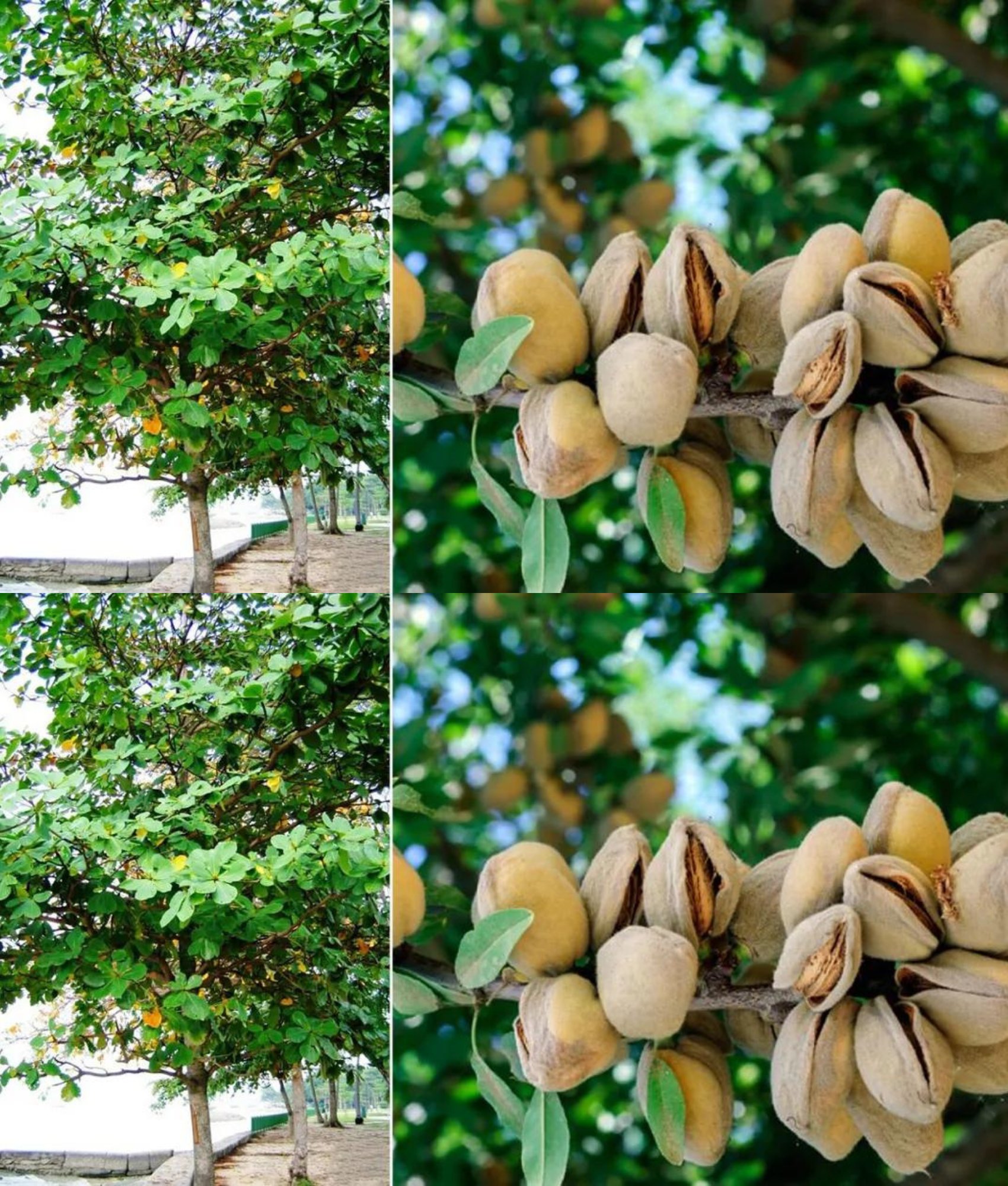Growing an almond tree from seed at home can be a rewarding process that will provide you with a beautiful, fruitful tree after several years. Here is a general guide on how to do it:
Step 1: Obtain Almond Seeds
Selecting Seeds: Choose high-quality, raw, fresh, and untreated almonds. You could use almonds directly from another tree or purchase raw, untreated, and unprocessed almonds.
Stratification: Almond seeds should be stratified (subjected to a cold treatment) to encourage germination. To do this, soak the almonds in water for 48 hours, then wrap them in a damp paper towel, place them in a plastic bag, and refrigerate them for a few weeks.
Step 2: Planting the Seed
When to Plant: Spring is the best time to plant almond seeds.
Soil Preparation: Almond trees prefer well-drained soil with a pH level of around 6-7.5. Enrich your planting area with compost.
Planting Depth: Plant the seeds 2-3 inches into the soil and water thoroughly.
Location: Choose a sunny location, as almond trees require full sun to thrive.
Step 3: Caring for Your Almond Tree
Watering: While the tree is young, make sure it receives regular water, especially during dry spells. Mature trees are fairly drought tolerant but will produce better with consistent watering.
Pruning: In the first few years, focus on developing a strong, healthy structure for the tree. In subsequent years, prune to encourage sunlight and air circulation, which can minimize the risk of disease.
Fertilizing: Use a balanced fertilizer to feed the tree, especially during the growing season.
Step 4: Protecting the Tree
Pests and Diseases: Be vigilant for common pests like aphids and diseases like fungal infections. Apply preventative and curative measures as needed.
Continued on next page 👇(page 2)👇
